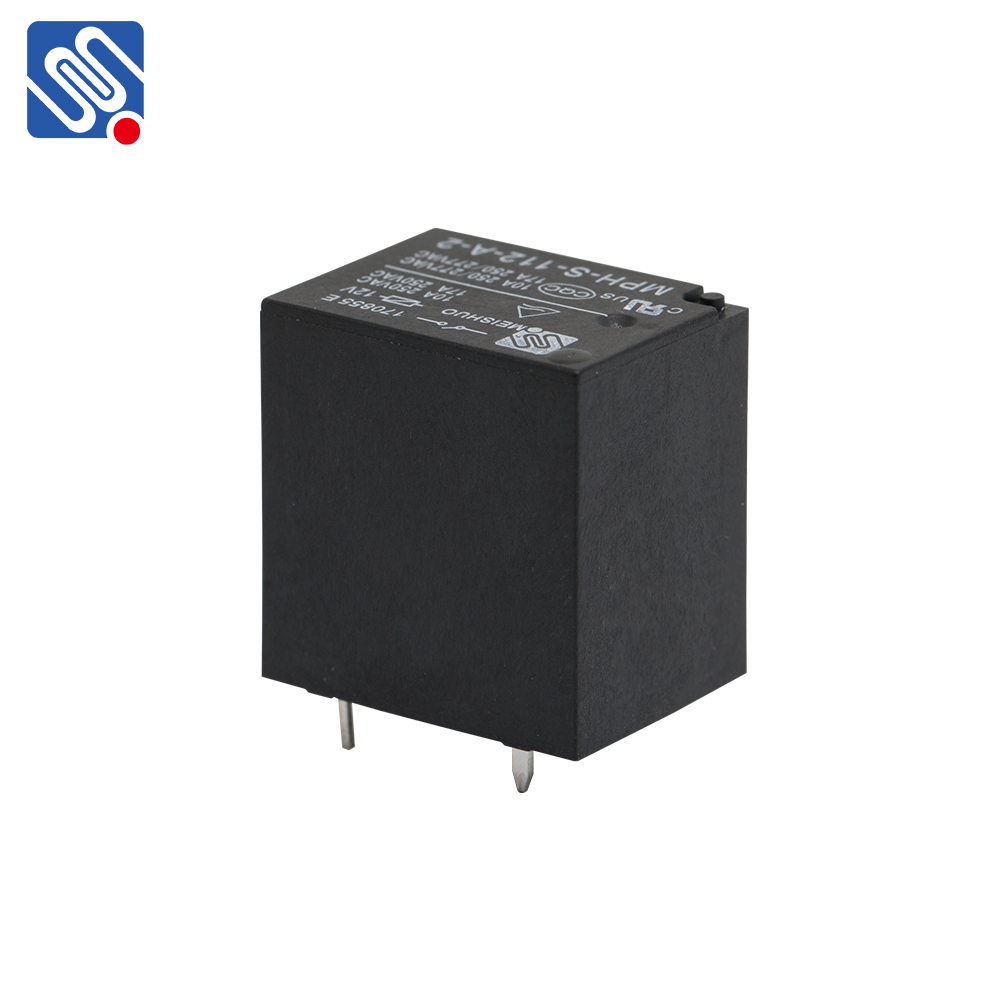Relay, a powerful framework developed by Facebook, is designed to simplify the process of managing data in React applications, especially when working with GraphQL APIs. It provides a set of specifications and conventions that help developers efficiently fetch, cache, and manage data, making the development of data-driven applications more intuitive and streamlined. This article explores the key aspects of Relay specifications, how they integrate with GraphQL, and why Relay is a preferred choice for many developers working on large-scale, data-heavy React applications.

1. Introduction to Relay At its core, Relay is a JavaScript framework built to work seamlessly with GraphQL, a query language for APIs that allows developers to request exactly the data they need. Relay manages the communication between the client (React components) and the server, providing powerful tools for data fetching, caching, pagination, and mutation handling. By using Relay specifications, developers can declaratively specify their data requirements within their React components, letting Relay automatically handle the data-fetching logic in the background. Relay focuses on optimizing the way data is fetched and managed, addressing issues like data over-fetching and under-fetching, and ensuring that the UI remains consistent and fast. Relay’s tight integration with GraphQL makes it a perfect fit for modern React applications that rely on complex data operations.